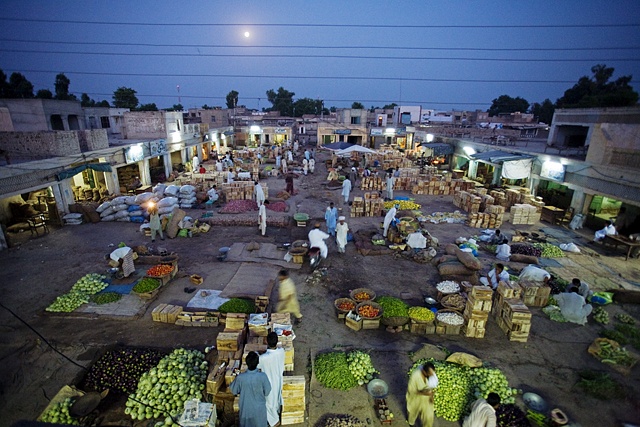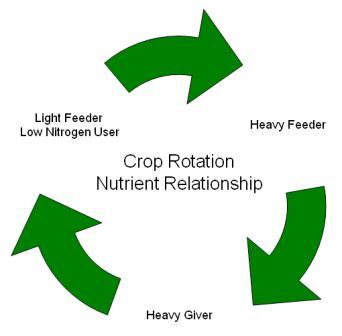For most things in life, we find that we must prepare in advance. Whether it be for an exam, for a sports game, or even for a cattle show. Often, its the preparations that are done prior to the big event, which make the day a success. Preparations can be done just days in advance, yet some must be done up to months or even years, in advance. I personally spend a large portion of my time preparing, so that I am assured success when the big moment arrives!
When choosing a proper show animal, there are certain criteria's and requirements involved. Many exhibitors want their animal to be a success in the ring, and place above its competitors. A judge selects the absolute best and most complete animal within the class, and the winners are labelled as either Grand or Reserve Champion. In order for an animal to be a success in the ring, prior preparations must be made when selecting which animal to exhibit. When choosing cattle, there are certain ways to judge the goodness of the animal. 
Preparing for Show Day!
Show Day is what most agriculturally involved youth know as the achievement day, its when everything that you have worked so hard to accomplish is completed! In 4-H we have a show day, where the 4-H members sell their steers, but there are also show days in every single one of the cattle shows that I attend. In order for a show day to run smoothly and successfully, there are certain preparations that the exhibitors must do. I am going to run you through a short list of preparations that I personally make, when choosing, grooming, and showing my show cattle! I hope you enjoy my story, and please feel free to comment on your own specific preparations that you must make in your life:)
We are going to take this from the absolute top,
Choosing a Show Animal!
When judging heifers, producers desire
Femininity: If a heifer is labelled as feminine, she will often have a refined head, long neck, and a smoothly blended shoulder. These qualities set the heifer apart from the looks of a steer or a bull, and are desired in a female
Structural Correctness: Ensuring that the heifer is correct throughout her shoulder, hip, back, foot, pastern, knee, and hook. The importance of having correct foot, pastern, and hook, is to allow the heifer to have a free stride, allowing her flexibility throughout her legs as she walks. It is important that a heifer is able to walk with ease, to ensure that in the future she will be able to walk as a cow, and be a great addition to the herd
Body Capacity: The term body capacity is used to describe the rib cage of a heifer, a desired dimensional advantage include depth of rib, length of the rib cage, and spring of rib
Muscling: Muscling is an important factor when judging any type of livestock but is specifically desirable in the cattle industry. A heifer should have a thick, square hind end, and a wide, straight top line.
When judging steers, the judging requirements are nearly the same as all other market cattle, but femininity is not desired. Steers are also valued to have more muscling and capacity, as well as their correctness of finish.
Correctness of Finish: The correctness of finish is simply another word for fat, a desired amount of finish includes extra muscling through the rump, more natural thickness, meatier across the top line, and thicker over the back.
By basing these requirements on the cattle that I am planning on choosing, it will hopefully lead me in the right direction of which animal to choose depending on their strong, proper, and desired characteristics. Once you have chosen which animal from the herd will ultimately be a champion, you must put them on a grain based diet to help further their capacity, and keep them healthy and looking great.
|
Proper Halter on the Animal |
Halter Breaking!
Throughout the year, prior preparations to the show day must be made, this includes halter breaking! My advice, strap on the halter and hold on tight. It is important to be safe while halter breaking, due to the fact that most cattle are a bit obnoxious at first, and may get a bit wild. Usually, you must put the animal into a cattle shoot in order to get the halter on for the first time, or if your lucky and quick, you might be able to throw it on over the head. After properly placing the halter on animal, tie them to a stable fence, this allowing the animal to get a feel for the halter, and allowing them to realize that it isn't possible to break free from it. It is also important to make sure that the halter is properly placed on the animals head, this ensures that it will not hurt the animal, but makes sure that it is keeping them tied.
Brushing, Grooming, and Training!
It is important that the animal becomes calm, safe, and well trained. This will only happen if the owner puts time and effort into the animal. I often brush and lead around my cattle just to make them a bit more tame. A month prior to the show, I usually wash my animals to ensure that they are clean, and to help train their hair. Washing the animal is done with luke warm water, a brush, and sunlight soap (it seems to get them the cleanest!). After I wash, we have a blower, which looks kind of like a vaccume cleaner, but is used to dry the animals hair, sort of like a blow dryer! Once the animal is clean, we often use a set of clippers to get the long hair off desired places. Clippers are used to make the animal have a more defined face, smoother shoulder, thick and wide hind quarters, and a straight and wide topline. These are the main preparations made before the show, and have the ability to make the animal look even better than they already do!
-Jess


























